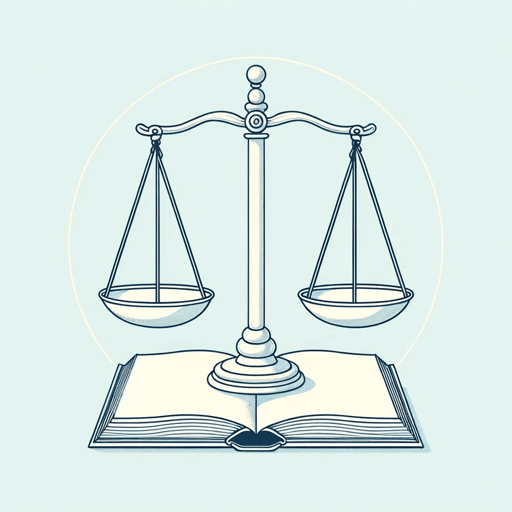24 pages • 48 minutes read
PlatoCrito
Nonfiction | Essay / Speech | Adult | BCEA modern alternative to SparkNotes and CliffsNotes, SuperSummary offers high-quality Study Guides with detailed chapter summaries and analysis of major themes, characters, and more.
Essay Analysis
Analysis: Crito
Plato’s Crito is, on one level, a fictionalized representation of the end of Socrates’s life and how he responds to the opportunity to escape execution. As is the case with other Platonic dialogues, Crito is not necessarily meant to represent an actual conversation. We have no way of knowing if such a conversation ever took place—although it is plausible that Socrates’s friends would try to help him escape and that he would refuse. Thus, set in a realistic but still fictionalized scenario, Crito is an opportunity for Plato to explore larger philosophical issues, as he does in all his dialogues. In this case, Plato uses Socrates’s imprisonment to explore justice and injustice, especially when it comes to obedience to the law.
In this dialogue, Plato introduces a number of philosophical concepts that he also explores in other dialogues. One major concept is that of justice, which is to Plato the quality or virtue of people who live good and well-ordered lives. Plato explores justice in far more detail in his Republic, a significantly longer work. In Crito, justice and its opposite—injustice—are relevant in that Socrates initially thinks Crito’s plan to escape is not just or virtuous, whereas Crito initially believes Socrates’s refusal to escape is not just or virtuous.
Related Titles
By Plato
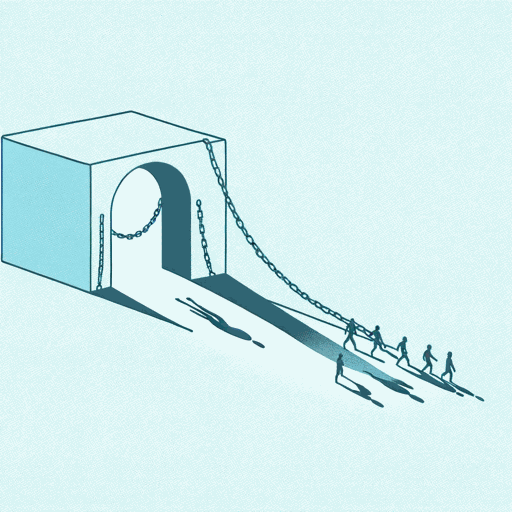
Allegory Of The Cave
Plato

Apology
Plato
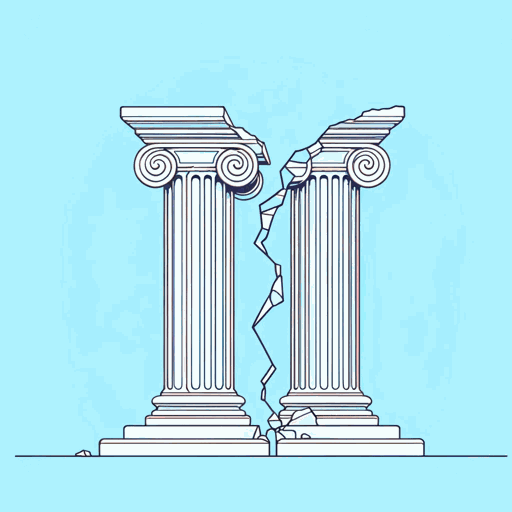
Euthyphro
Plato
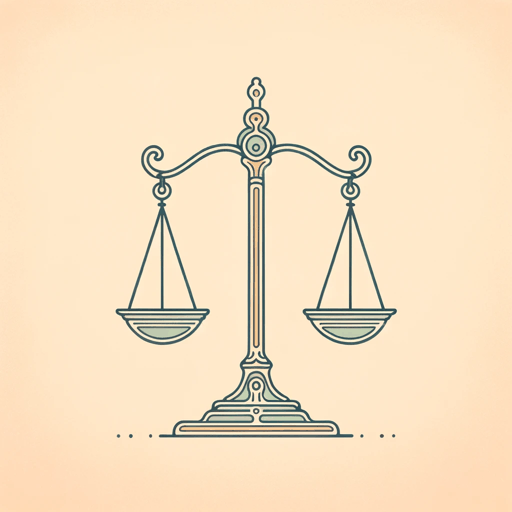
Gorgias
Plato
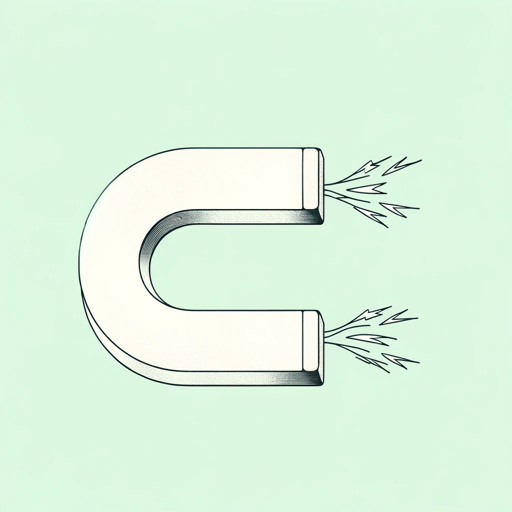
Ion
Plato

Meno
Plato

Phaedo
Plato
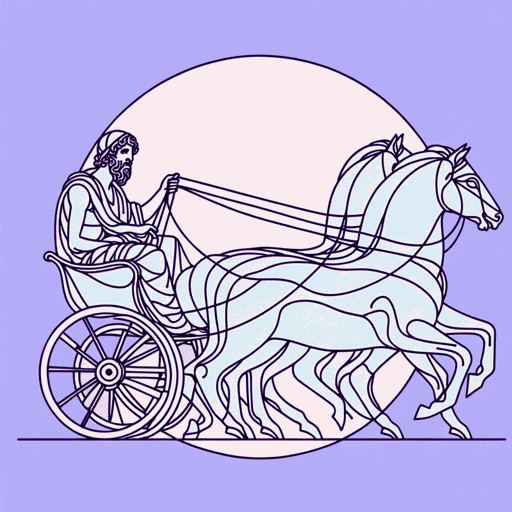
Phaedrus
Plato
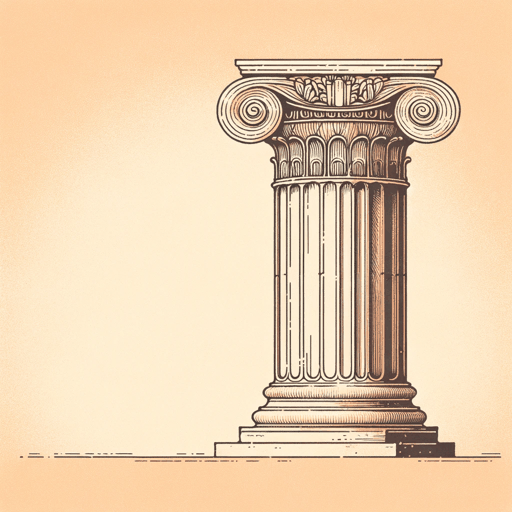
Protagoras
Plato
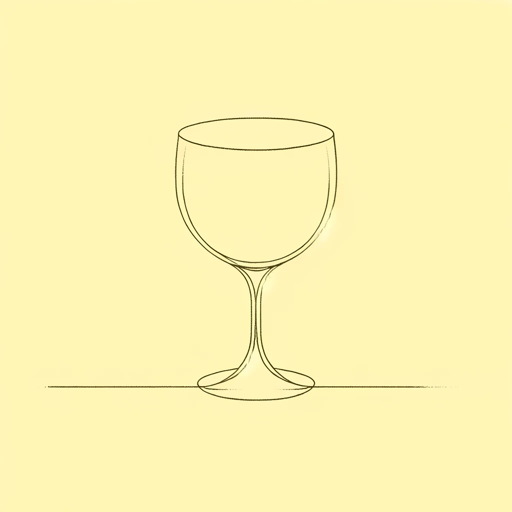
Symposium
Plato

Theaetetus
Plato

The Last Days of Socrates
Plato

The Republic
Plato
